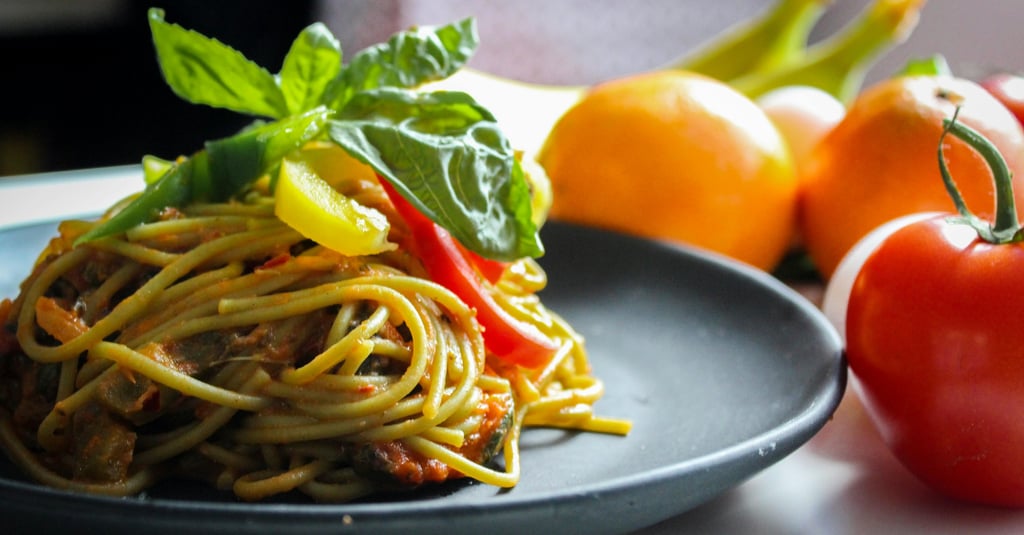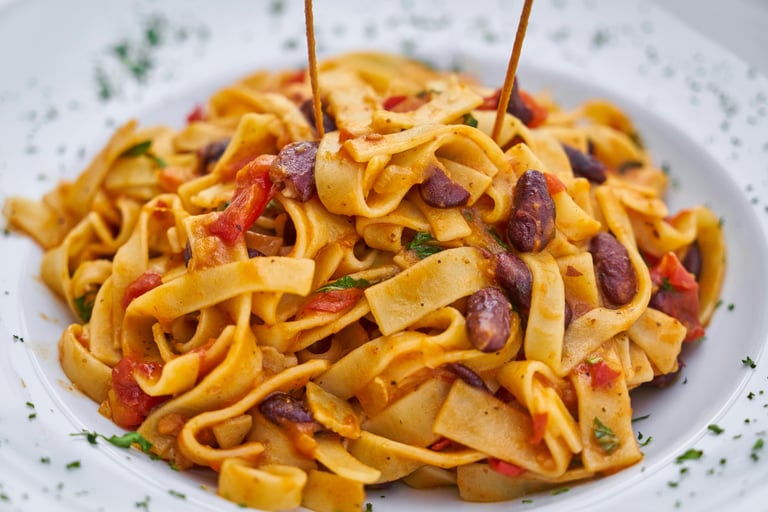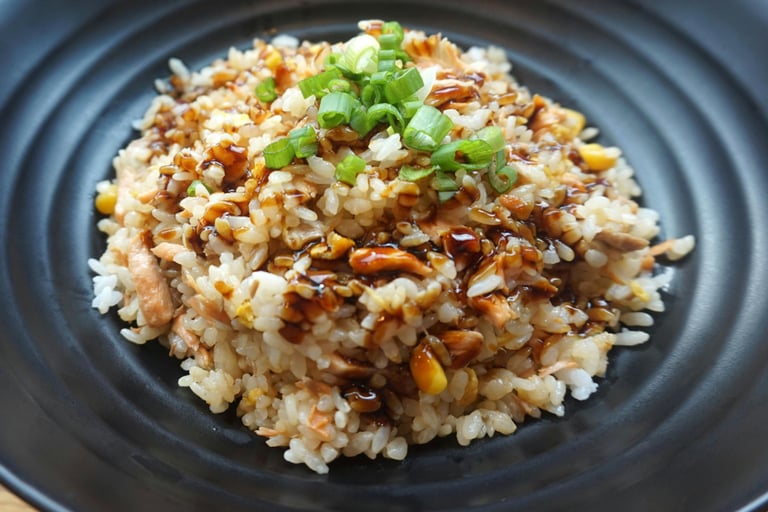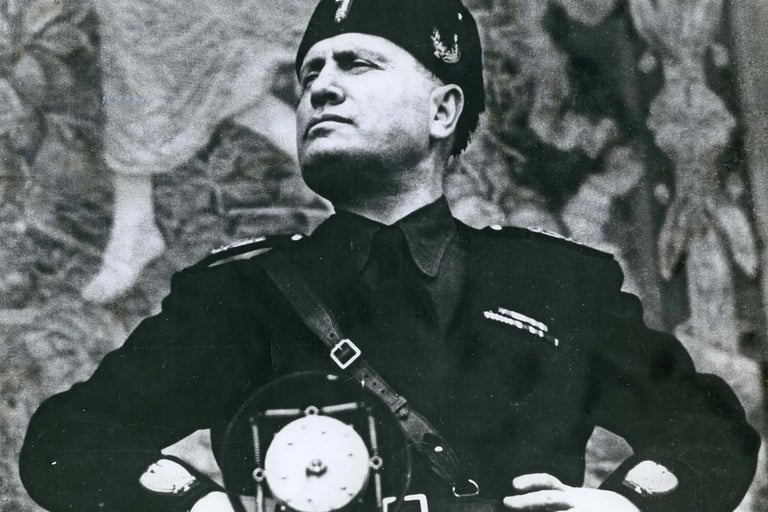Can you believe that Italy actually wanted to ban Spaghetti !
The Great Spaghetti Ban
5/14/20252 min read


Today spaghetti is known and eaten all over the world. One of the staple food of Italy that is famous for its versatility and deliciousness was almost banned once. The craziest part was spaghetti was going to be banned in Italy! But we all know how much the Italians love spaghetti (or pasta) from their culture, movies and even from the social media. But why was it going to be banned - Read the Full story


In the end, pasta endured. Despite Mussolini’s efforts, the food remained a cherished part of Italian culture. Today, it stands not only as a culinary icon but also as a symbol of national pride and defiance against authoritarian rule.


The regime promoted these ideas not only through speeches and books, but also through propaganda posters and advertisements. One best example was from a 1933 poster which showed a healthy baby eating rice with slogans like “mangiate riso” and “il riso è salute,” meaning “eat rice,” and “rice is health.” Despite these efforts, Mussolini’s war on pasta sparked public unrest and labour strikes. It’s likely that such resistance pressured the government to ease its restrictions. However, the Fascist regime’s failure to fully replace imported ingredients led to severe food shortages as World War II approached, worsening the country’s hardships.


In the 1930s, Italian dictator Benito Mussolini and his Fascist regime started a campaign to move Italy away from its reliance on pasta. Initially presented as a public health initiative which involved promoting protein over carbohydrates at conferences to straight up banning pasta in Italy, but the true motivation behind the push was economic. Italy was facing rising costs due to imported flour—especially from Turkey—and growing international isolation caused by its military aggression, including the failed 1935 invasion of Ethiopia and its alliances with Nazi Germany and Francoist Spain. These pressures led Mussolini to seek agricultural self-sufficiency, promoting domestically available alternatives like rice, which was abundant in northern regions such as Lombardy, Piedmont, and Veneto. Other Italian staples like tomatoes, olive oil, and wine were also emphasized. Pasta consumption was reframed as unpatriotic, while rice became a symbol of nationalism. However pasta turned into a quiet form of resistance among anti-fascist partisans.
This anti-pasta movement was strongly supported by the Futurist cultural movement, a artistic and cultural movement originated in Italy during the 20th century known for its embrace of speed, change, violence, and the rejection of tradition. Founded by Filippo Tommaso Marinetti, Futurism influenced Fascist ideology and shared its focus on nationalism and expansionism. Marinetti, who co-authored the 1919 Fascist Manifesto, launched “Futurist Cooking” in 1930 to revolutionize Italian cuisine. He criticized pasta for making people sluggish and pessimistic, promoting rice instead as a food that would strengthen Italian mothers and soldiers. His ideas were published in The Futurist Cookbook (1932), which called for the elimination of pasta from Italian diets.